I went to check to see what house plants and garden plants were poisonous for my cat and got a bit of a shock. Turns out, by the looks of it, that most plants seem to be poisonous to my cat!
- Birds Nest Fern(Asplenium Nidus)
- Calathea Rattlesnake (Calathea Lancifolia)
- Spider Plant (Chlorophytum Comosum)
- Parlor Palm (Chamaedorea Elegans)
- Staghorn Fern/Stags Horn Fern/Elk Fern (Platycerium Bifurcatum)
- Haworthia Zebra (Haworthia attenuata)
- Xerographica Air Plant (Tillandsia xerographica)
- Money Tree (Pachira Aquatica)
- Peperomia Green (Peperomia Obtusifolia)
- Echeveria Lola
- Boston Fern (Nephrolepis exaltata)
- Maidenhair Fern (Adiantum)
- Bamboo Palm/Areca Palm (Dypsis Lutescens)
- Prayer Plant (Maranta Leuconeura)
- Swedish Ivy (Plectranthus Australis)
- Cast Iron Plant/ Bar Room Plant (Aspidistra Elatior)
- African Violet (Saintpaulia)
- Aluminum Plant/Watermelon Pilea (Pilea Cadierei)
- Friendship Plant (Pilea involucrata)
- Lace Flower Vine (Alsobia dianthiflora)
- Lipstick Plant (Aeschynanthus Radicans)
- Phalaenopsis Orchid/Moth Orchid
- Polka Dot Plant (Hypoestes Phyllostachya)
- Christmas Cactus (Schlumbergera)
- Wax Plant (Hoya Carnosa)
- Ponytail Palm (Beaucarnea)
- Basil (Ocimum Basilicum)
- Sage (Salvia Officinalis)
- Thyme (Thymus Vulgaris)
According to this site, there are literally hundreds of common, every day, flowers and plants that are poisonous. Now, obviously, some need to be totally eaten in huge quantities to have a negative effect – but for some, just inhaling the pollen as your cat walks by could be life-ending!
Well after reading through the seemingly never-ending list it occurred to me that it might be better to get a list of houseplants safe for cats.
It might be easier to have a shortlist of cat-safe house plants to work off and also to know what these harmless beauties look like for easy identification.
Related Post: houseplants toxic to cats
Check out some of these fantastic cat safe plants that you can safely leave around your pets :
Birds Nest Fern(Asplenium Nidus)
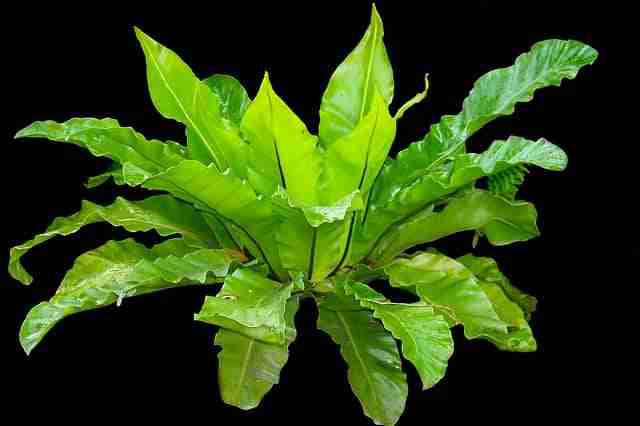
Many people ask “are ferns toxic to cats“, well this one isn’t!
A great low-light houseplant. Originates from South East Asia, Australasia, Polynesia & Hawaii.
In the wild, this fern has a tendency to grow on trees, cliffs, and other objects but you will probably buy it as a potted house plant. Comes from a tropical environment so likes humidity and moist soils but can put up with the odd dry spell.
In the wild, fronds would grow 20 to 59 inches long and up to 8 inches wild but domestically you are unlikely to achieve such good growth. Doesn’t flower but offers abundant greenery. An ideal bathroom plant.
Light Conditions: Medium to low indirect light
Watering: Likes humid environments and moist composts.
Calathea Rattlesnake (Calathea Lancifolia)
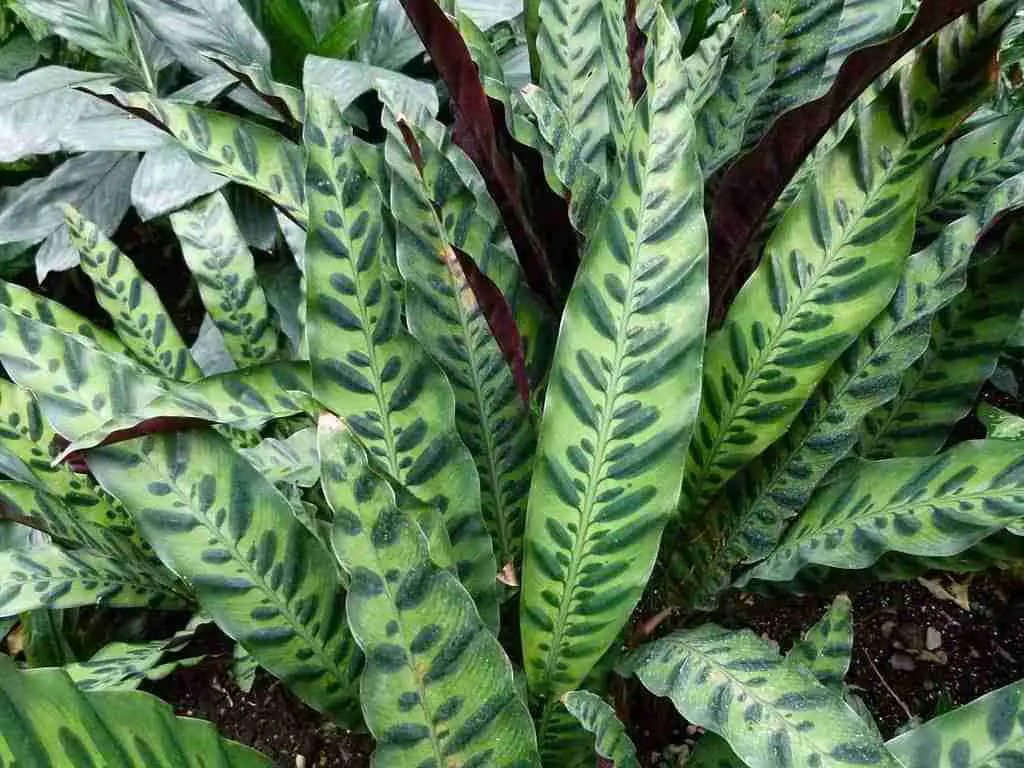
A native of Brazil, the rattlesnake is not venomous to cats or humans! Likes Indirect bright sunshine and to be kept moist in spring and summer but not watered to soggy.
Likes some humidity and grows large leaves up to 30 inches tall. Blooms yellow/orange flowers in late season. If the leaves wilt you haven’t watered lightly regularly enough.
Light Conditions: Bright but indirect sunlight.
Watering: Keep moist in spring and summer without making compost soggy. No watering in winter.
Spider Plant (Chlorophytum Comosum)
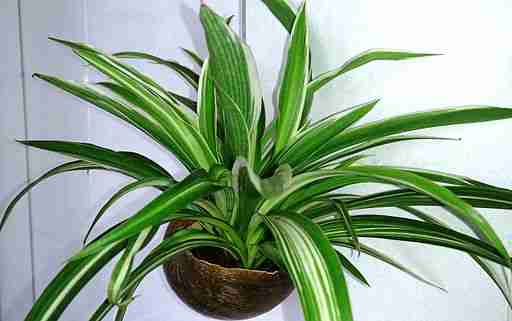
Very easy to grow as it loves a wide range of conditions. Bright indirect light and sporadic watering are all it takes for even the most useless gardener to keep this hardy plant alive and flourishing.
A spider will give flowers in the right conditions and will send out tendril offshoots as it looks to become mobile and spread. Easy to separate and grow new plants from tendrils overall growth is inhibited by pot size.
Light Conditions: Bright but indirect light.
Watering: Regular or sporadic – just don’t overwater.
Parlor Palm (Chamaedorea Elegans)
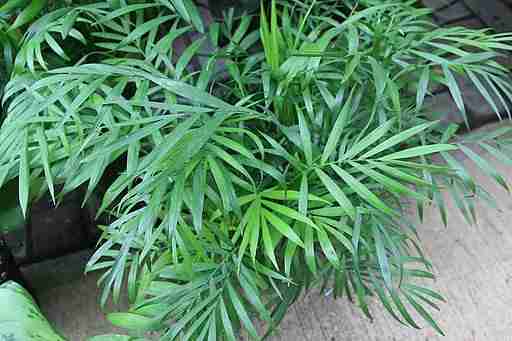
Photo by David J. Stang / CC BY-SA
A popular houseplant that can grow two to six feet tall indoors in pots. Originating from Mexico and Guatemala, this little palm is popular because it grows well in low light conditions and at lower temperatures.
Usually potted in clumps, this palm produces narrow, long, green leaves similar to those used on Palm Sunday. It doesn’t produce any flowers but this low light houseplant is safe for cats.
Light Conditions: Low to bright indirect light.
Watering: Prefers dry to being over moist, waterlogged or sitting in water.
Staghorn Fern/Stags Horn Fern/Elk Fern (Platycerium Bifurcatum)
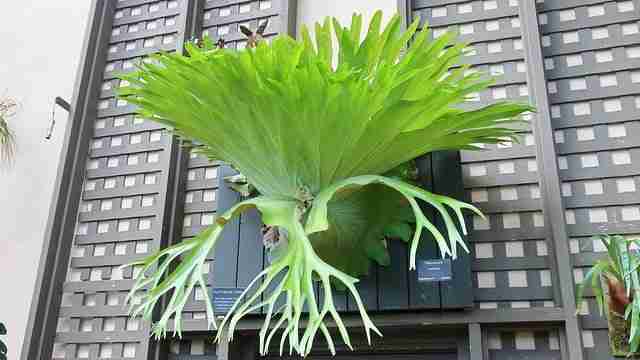
Easy to identify by its stag antler/moose antler-shaped leaves. Native to Australia, these ferns tend to grow on trees rather than on the ground – although if you are shopping for one it is likely to come in a pot.
In the wild, these grow to a mighty size, but in a pot or outside its normal environment growth is going to be small and manageable.
Very distinctive-looking plants make this a houseplant that is growing in popularity allied to the fact they are reasonably easy to look after. Are ferns safe for cats? The staghorn fern certainly is!
Light Conditions: Bright indirect light – doesn’t survive under just artificial light.
Watering: Won’t tolerate overwatering – likes misting and soaking – more light more water. Generally, water once per week.
Haworthia Zebra (Haworthia attenuata)
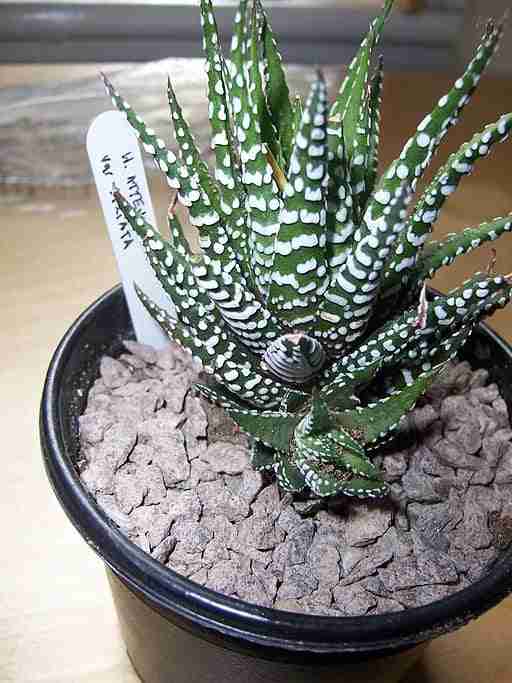
A member of the succulent group of plants, this little plant, reminiscent of cacti, originates from South Africa and is safe for cats and dogs.
It has small and has striped leaves, occasionally flowers but rarely when kept indoors. Likes temperatures from 8 to 26 c and enjoys bright indirect sunlight.
Related to the aloe plant without the latex that is poisonous to cats.
Light Conditions: Bright indirect light.
Watering: Water when well-drained soil dries out in summer, don’t overwater in winter.
Xerographica Air Plant (Tillandsia xerographica)
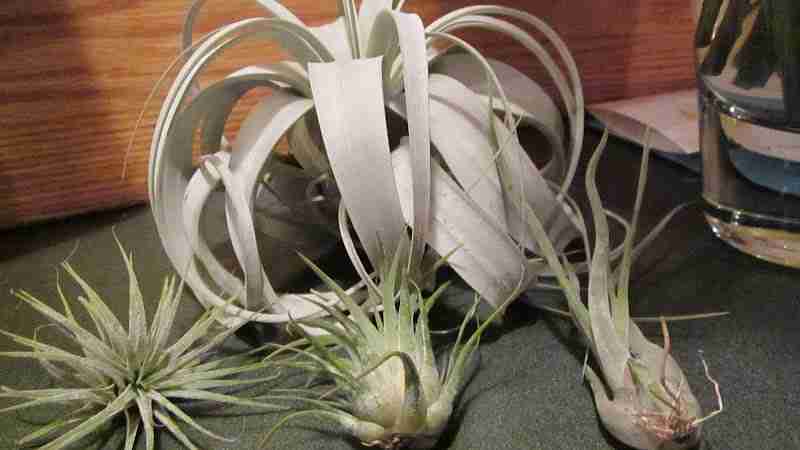
This remarkable little plant requires no bedding – whatsoever! In terms of looks, its fronds/leaves wrap around itself like soft mossy leaves – very unusual but interesting to look at and these are safe plants for cats!
It likes bright light and in the correct temperatures can reside inside and out. Watering – how to water an air plant? Misting and soaking. Soak for 15 minutes once every other week or literally submerge it once a month for a few minutes!
Light Conditions: Bright direct or indirect light – thrives in both.
Watering: Misting and occasional soaking
Money Tree (Pachira Aquatica)
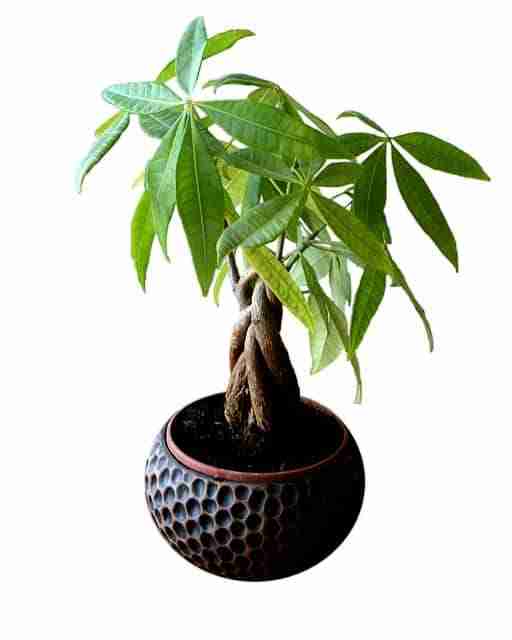
Believed to bring financial good fortune to its owner, the money tree plant is another popular house plant that is cat-friendly.
Originating from the swamps of central and south America they are easily identifiable by their interlocking trunks (that lock in good luck – so the theory goes).
Not to be confused with the succulent money plant, they like water once a week and bright but indirect light.
Whilst a money tree plant will look great in your home, it won’t be your cat’s ideal tree. To keep your cat busy and away from your plants check out these cat trees…
Light Conditions : Bright indirect light.
Watering: Once a week in summer, don’t leave to stand in water.
Peperomia Green (Peperomia Obtusifolia)
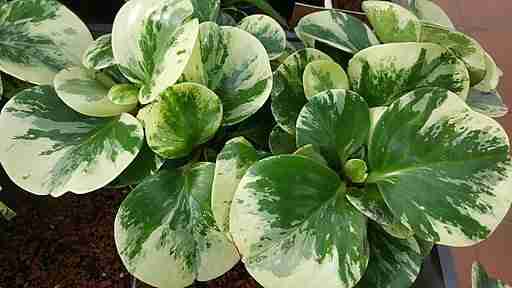
Otherwise known as the baby rubber plant, this plant originates in Mexico and the northern jungles of South America.
Identifiable by its cupped, fleshy, leathery leaves this popular houseplant grows up to 25 cm tall when potted and flowers sporadically. Another one of those indoor plants safe for cats!
Light Conditions: Bright indirect light, sporadic direct light.
Watering: Allow soil to dry out then water thoroughly – don’t allow to sit in waterlogged soil.
Echeveria Lola
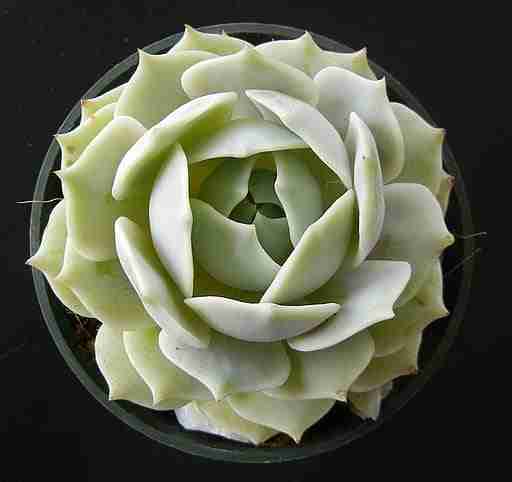
A small succulent plant safe for cats that grow to 6 inches tall. Has a distinctive light purple appearance shaped as a single rosette.
Uncomplicated to grow, don’t allow it to sit in water, remove dead leaves at the base and provide plenty of sunlight and it should grow reasonably well.
Light Conditions: Bright direct & indirect light
Watering: Don’t allow to stand in water. Water regularly.
Boston Fern (Nephrolepis exaltata)
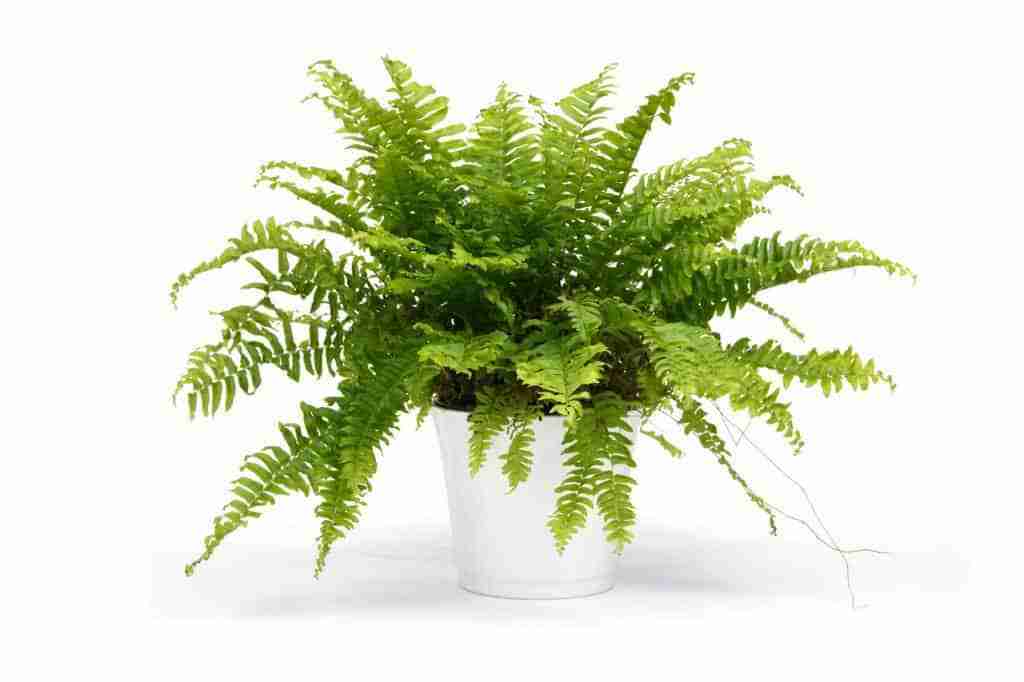
If you have seen a fern indoors it was probably a Boston fern. These have been popular since Victorian times due to their interesting drooping fronds and easy maintenance.
Generally reaching 30 cm tall, they can grow much bigger if repotted. Native to most tropical regions worldwide, these are cat and dog-friendly house plant that reputedly cleans the air very efficiently.
They like bright indirect light and humid conditions so work great in bathrooms. Need lots of watering during the summer period as they don’t appreciate drying out.
Light Conditions: Bright indirect light.
Watering: Keep moist but not waterlogged, enjoy humid conditions.
Maidenhair Fern (Adiantum)
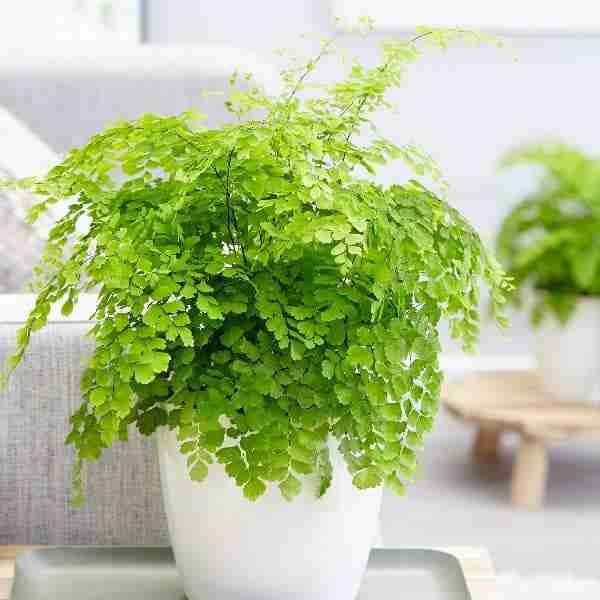
The maidenhair fern grows to about 60 cms tall and in diameter but can be kept small by limiting pot size.
This fern has more rounded leaves on the fronds than the Boston fern. Usually grows in the wild on rock faces or rocky river banks.
This is not an easy plant to keep indoors. It doesn’t like bright light but needs humid wet air. Making it a difficult plant to please indoors.
Is the maidenhair fern toxic to cats? These finicky plants are safe for your cat but you will end up having to mist them daily, monitor water/humidity conditions, and cosset the damn thing to keep it alive.
Light Conditions: Shaded, out of bright light.
Watering: Mist twice daily, keep the soil damp.
Bamboo Palm/Areca Palm (Dypsis Lutescens)
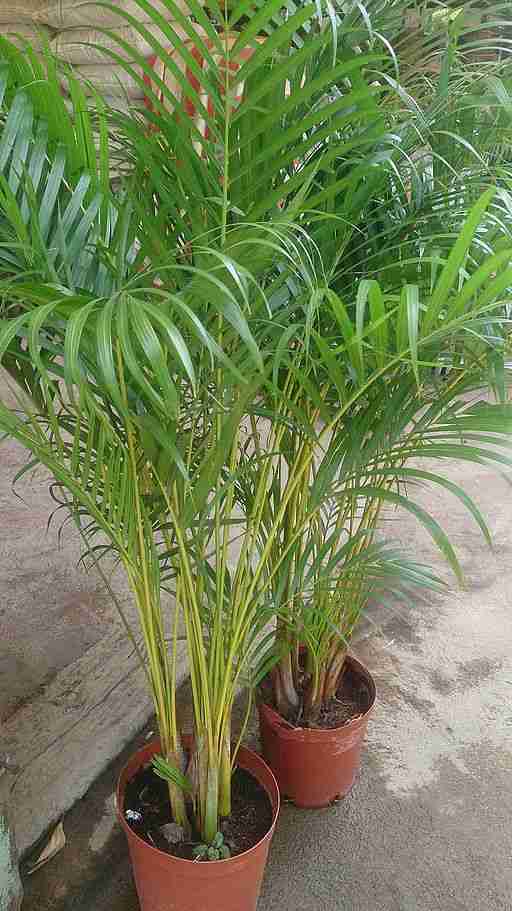
Our second palm on the list is a graceful, upright, easy to look at, clumping palm.
Very popular due to its good looks and relatively low maintenance. Another plant that is safe for cats, these palms like bright indirect light, misting regularly and watering with soft rainwater once the top layer of their pot has dried out.
Keep away from radiators and strong heat sources.
Light Conditions: Bright indirect light.
Watering: Occasional misting, watering once the top layer of compost has dried out.
Prayer Plant (Maranta Leuconeura)
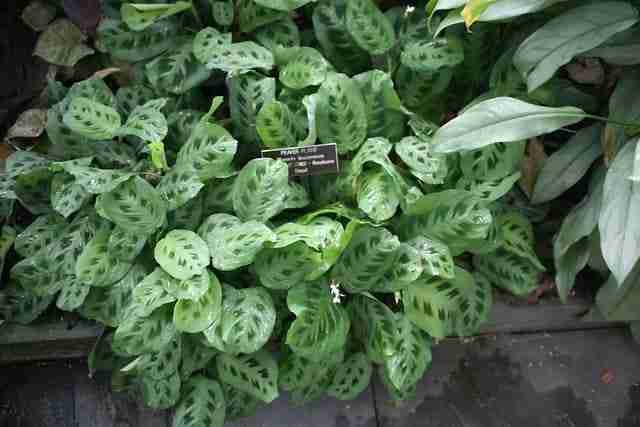
A Brazilian rainforest native, this plant derives its name from the weird spectacle of its movement as day gives way to night and vice versa.
The plant wilts and recovers with changes of light creating a praying period. The interesting coloration on the leaves makes this plant a popular house plant – but they are not easy to maintain.
They need moist and highly humid conditions to thrive and prefer bright indirect light.
Light Conditions: Bright indirect light.
Watering: Keep moist, but don’t overwater or they succumb to root rot.
Swedish Ivy (Plectranthus Australis)
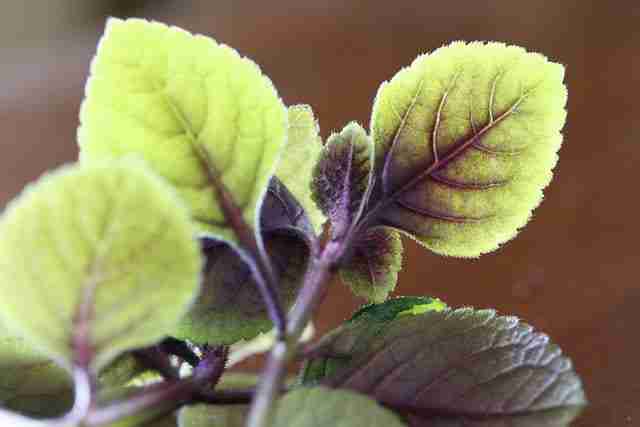
A popular house plant, Swedish ivy is prone and grows outwards as a mat or cascades from high spots.
Neither a true ivy nor Swedish, it is identifiable by its round, evergreen leaves that have a saw tooth edge.
This plant is fast-growing and easy to care for. It is not fond of overly bright areas and is often killed by overwatering.
Produces white flowers and sometimes creates an aroma when touched.
Light Conditions : Shaded areas, out of direct bright light.
Watering: Avoid overwatering – underwatered plants can be revived but overwatered are goners. Let the soil dry out before watering.
Cast Iron Plant/ Bar Room Plant (Aspidistra Elatior)
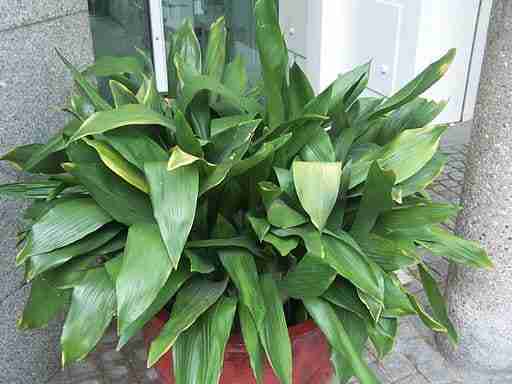
A native of Japan and Taiwan, the cast iron plant derives its name from the fact it can be neglected without suffering too much long-term damage.
Broad, floppy leaves that shoot upwards from the pot make this evergreen a popular good looking plant. Able to withstand drought, pests, and poor light means even beginner gardeners find this plant easy to maintain and keep looking good.
If you want the nearest thing to an indestructible house plant this is it.
Light Conditions: Avoid direct sunlight.
Watering: Water regularly in summer, cut down in winter.
African Violet (Saintpaulia)
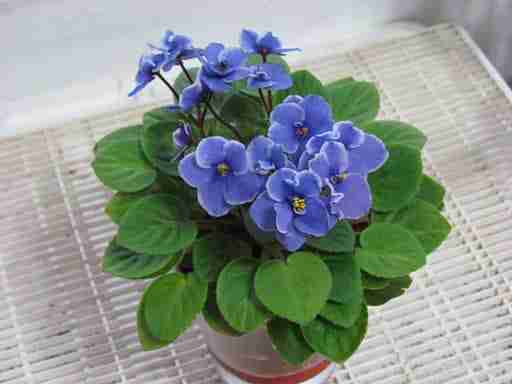
Need some cat-safe flowers with color? The African violet is your huckleberry.
Obviously, they come from Africa. Specifically Tanzania.
They come in a huge range of colors to satisfy any taste and are pretty easy to take care of.
They like a bright light to come into bloom but dislike direct sunlight that might scorch fragile leaves. They like room-temperature tap water once their compost dries out and regular fertilizing with plant feed.
Light Conditions: Bright indirect light
Watering: allow to dry out then water with tepid water, feed regularly.
Aluminum Plant/Watermelon Pilea (Pilea Cadierei)
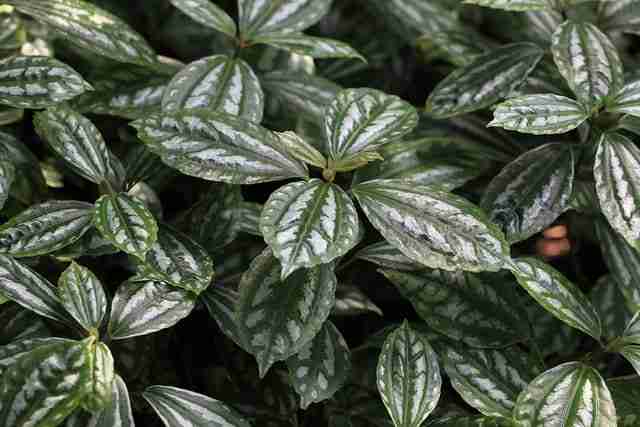
An evergreen perennial native to China and Vietnam that grows to 30 cm tall.
Perfectly safe for cats and humans. Usually has a wide pointed oval variegated leaf with a shiny wax finish. Produces flowers but they are not very impressive.
The main beauty of the plant is its large green and silvered leaves. Handles low light conditions well and needs to be kept moist.
Light Conditions: Indirect light, shaded conditions
Watering: keep the compost moist but not waterlogged.
Friendship Plant (Pilea involucrata)
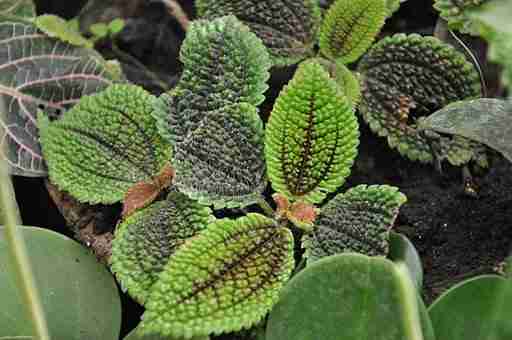
Native to Central and South America, this plant is renowned for its easy maintenance and two-tone green fuzzy leaves.
Likes indirect low levels of light and occasionally flowers with a pretty little pink flower.
Called the friendship plant due to the ease with which cuttings can be grown at speed into plants that can be gifted. Grows to 6 to 12 inches tall.
Light Conditions: Low indirect light although needs some bright indirect light.
Watering: Keep soil moist in summer allow to dry out slightly in winter. Provide some humidity if possible.
Lace Flower Vine (Alsobia dianthiflora)
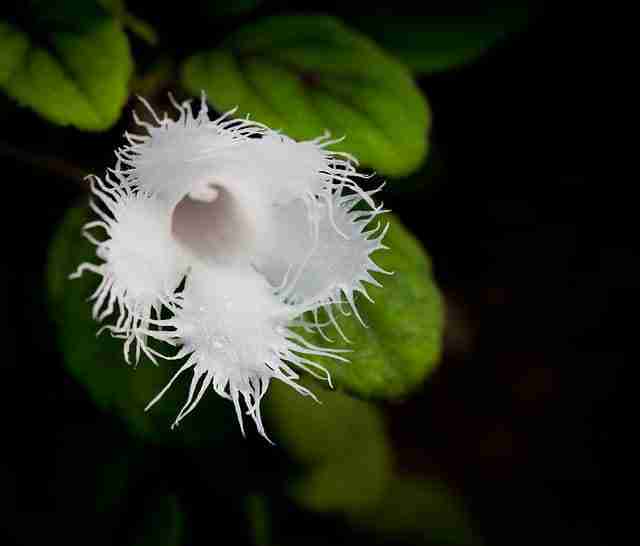
As the name suggests this is a trailing vine offering loads of green soft leaves and in spring a wonderful white flower.
A very decorative flower that can be moved outdoors in the summer.
This is an easy-care houseplant that can take some neglect. Can be left to dry out between waterings.
Favors bright through to shaded light making it easy to grow in most indoor locations.
Light Conditions: Bright indirect to shaded light.
Watering: Can dry out between waterings without issue.
Lipstick Plant (Aeschynanthus Radicans)
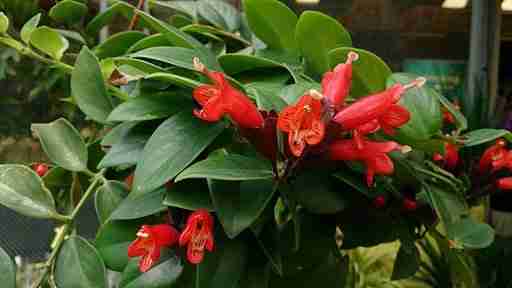
If you like flowers and the African violet doesn’t do it for you then maybe the lipstick plant is a good candidate.
Named after its red flowers that protrude out of darker red tubular sheaths this is a vine that will flower almost continuously in the correct conditions.
Provide the vine with bright indirect light and plenty of water and you should get red flowers continuously. Avoid overwatering.
Light Conditions: Bright indirect sunlight.
Watering: Weekly, avoid overwatering or standing in water.
Phalaenopsis Orchid/Moth Orchid
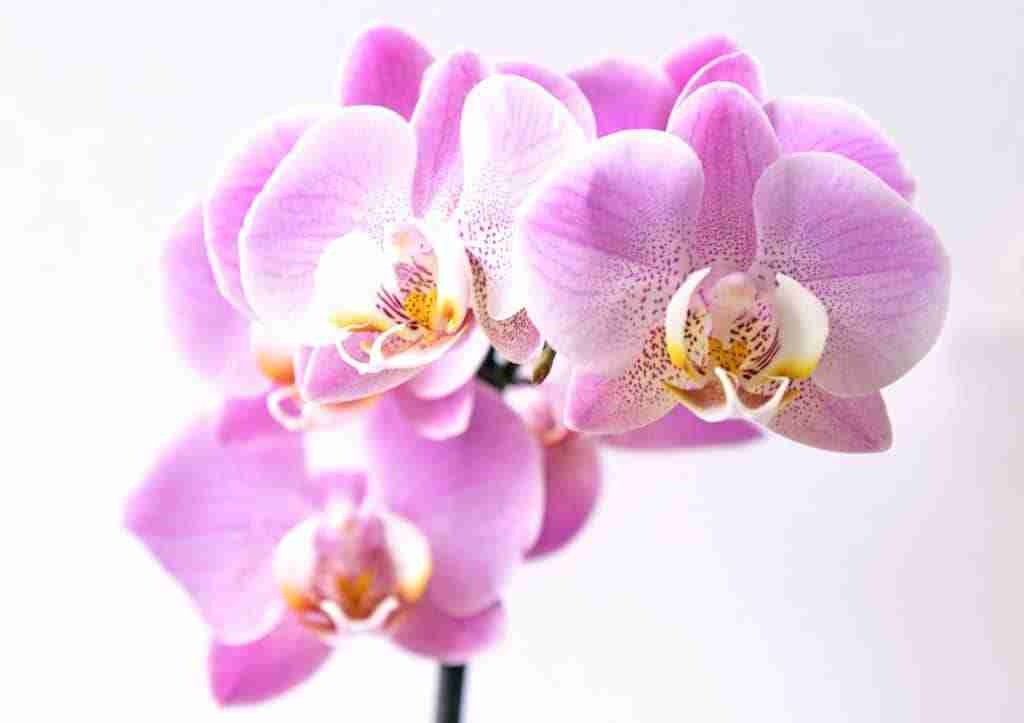
If you want a cat safe flower then the ubiquitous moth orchid is your first port of call. These are probably the most popular flowering house plant available. Popular as they provide wonderful flowers in multiple different color options all year round.
Available from numerous outlets at incredibly affordable prices. These plants produce a wild amount of blooms for a prolonged period they go dormant.
To restart blooming you have to subject them to cooler nighttime temperatures for about a month and water via ice cube. The temperature variation draws them out of dormancy and off the bloom again!
Light Conditions: Moderately bright windowsill or indirect light.
Watering: Water every 7-10 days or when it dries out
Polka Dot Plant (Hypoestes Phyllostachya)
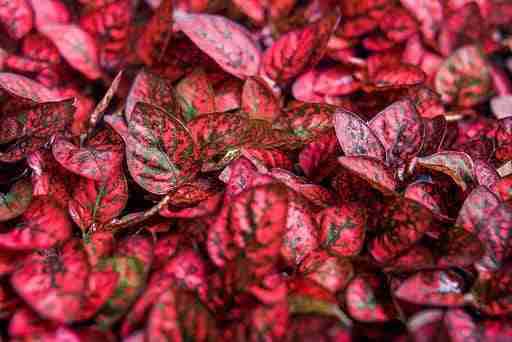
The polka dot plant is named due to the obvious pink spots on its broad green leaves.
Native to Madagascar, its spots and dots can vary in color from pink through to scarlet, lavender, and white making these a highly decorative plant.
Although they grow several feet tall in the wild potted versions are considerably smaller.
These plants like bright indirect light, and moist soils and require feeding monthly. In lower light levels they will go hunting for light.
Light Conditions: Wide range from shaded through to bright indirect light.
Watering: Should be kept moist but not overwatered.
Christmas Cactus (Schlumbergera)
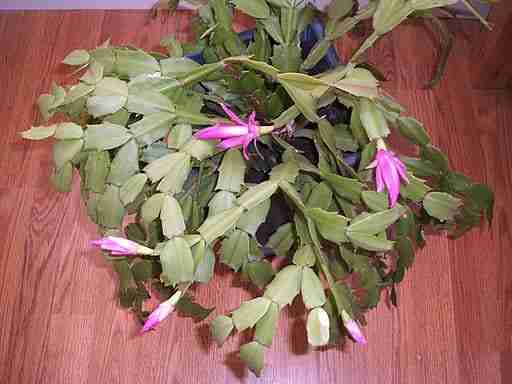
This cactus originates from southeastern Brazil.
Usually found growing in humid environments on trees and rocks, they are notable for their flat cacti leaves and when flowering their red or white tubular flowers.
Easy to manage and maintain, these cacti are a very popular house plant. Nontoxic to cats, humans, and dogs you can safely grow them without fear of poisoning kitty!
Light Conditions: Bright indirect light.
Watering: Soak once the top inch of compost goes dry, don’t allow it to stand in water. Feed regularly.
Wax Plant (Hoya Carnosa)

Originating from Asia and Australasia this climbing plant has waxy leaves giving rise to its name the wax plant and produces scented flowers making it a very popular house plant.
Nontoxic to cats this plant is relatively easy to care for as it likes northern facing windows where the light is bright but indirect.
Keep moist during the summer months and the plant should flourish and produce many scented flowers.
Light Conditions: Bright indirect light, Northern facing windows.
Watering: Keep moist during the growing season – avoid overwatering.
Ponytail Palm (Beaucarnea)
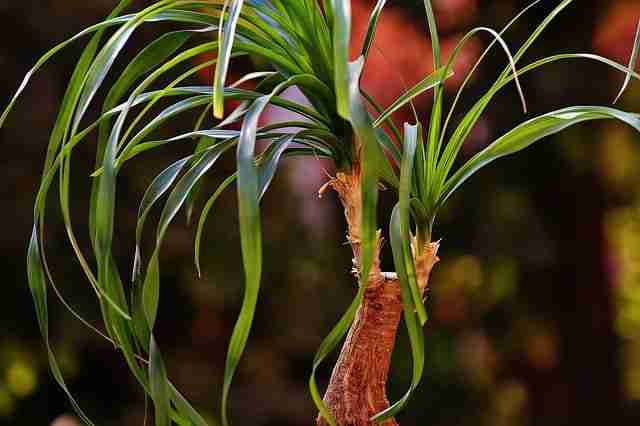
The pony tail palm is a very distinctive palm that has grown in popularity in recent years thanks to its fantastic shape and display.
Originating from eastern Mexico, in the wild, this plant can grow to 30 feet tall although indoors the best you tend to get is 4ft!
Although called a palm due to its long shooting fronds that resemble those of some palms, it is in fact a member of the succulent family.
This makes an easy to care for houseplant as it can take periods of poor low light and can live in semi-dry conditions so is ideal for a lot of areas of the home and lifestyles.
Light Conditions: Low light with some bright spells preferred.
Watering: Loves dry conditions.
Basil (Ocimum Basilicum)
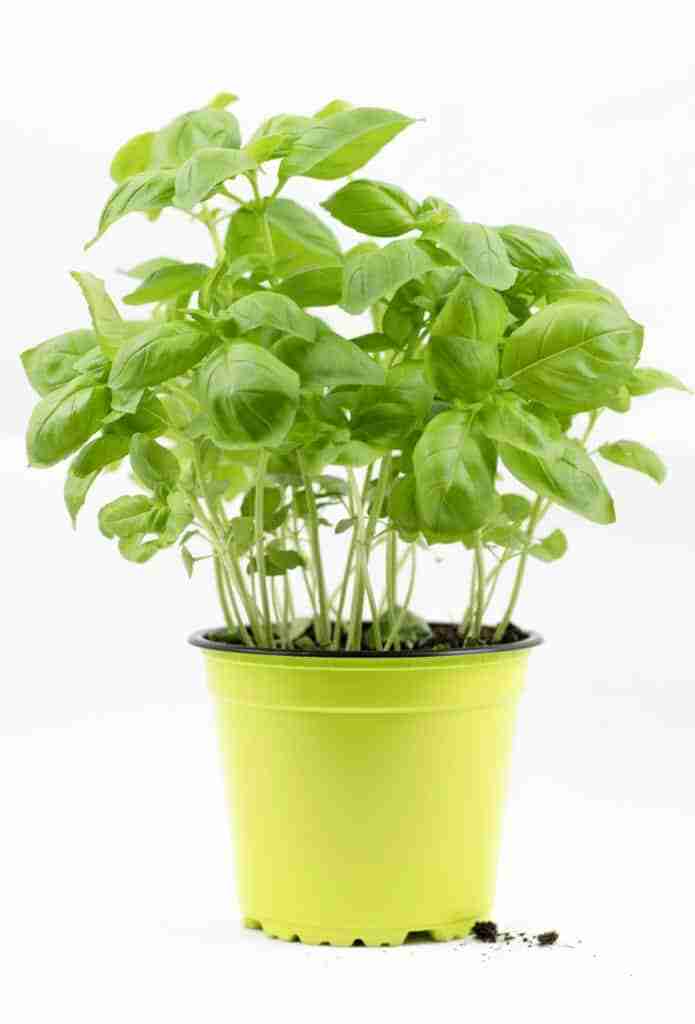
Basil is native to tropical regions from Central America to Asia.
There are several well-known variations: Sweet, Thai, and Lemon Basil. Each variation has a slightly different flavor. Well known for its uses in cooking, this herb doesn’t flower but produces large leaves that have a subtle aniseed flavor when used in cooking.
Can be grown indoors or outdoors. Growing indoors is easy and requires good bright sunshine and moist well-drained soil. Can cats eat basil? Yes, it is completely non-toxic to cats and humans…
Light Conditions: Bright direct light preferred.
Watering: Kept moist but well-drained.
Sage (Salvia Officinalis)
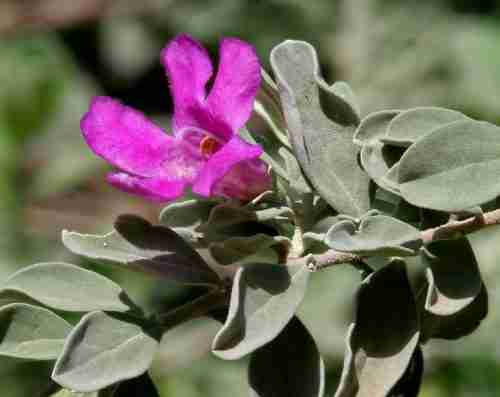
Common sage is widely used in cooking. Identifiable by its woody stems, greyish leaves, and blue to purple flowers, sage gives off a woody, pine-like aroma and is used in numerous dishes as a flavoring from sausages through to being sprinkled on meaty dishes for added flavor.
Easy to grow indoors and outdoors this herb is a must in any cook’s garden or kitchen. It can be planted indirect light and needs well-drained soil but is very hardy and easy to grow. Non-toxic to cats and humans and useful too…
Light Conditions: Bright direct sunshine where possible.
Watering: Water regularly, avoid overwatering – Sage is fairly drought resistant
Thyme (Thymus Vulgaris)
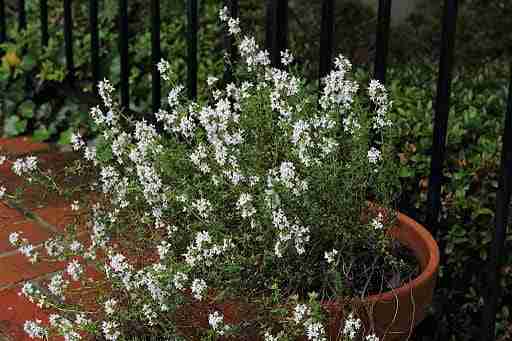
Another Mediterranean herb that can be grown indoors is popular with cooks! Is thyme safe for cats to eat? Sure is!
Thyme is a low-lying shrub that loves sunny dry conditions and flowers with small white or pink flowers from spring onwards.
This is nice and easy to keep indoors due to its drought-loving nature and love of sunlight – stick it on a bright windowsill and you are good to go.
Light Conditions: Bright direct sunlight.
Watering: Sparingly, do not leave in damp conditions.
Okay, so now you know what plants you can have around your home with your cats. There are also some alternative cat trees that your kitten will love – and that are less green but perfectly harmless – you can check them out on Feline Culture.
Got a problem with your cat attacking and chewing on your glorious house plants? Try a cat repellant spray to keep cats away from your plants!
